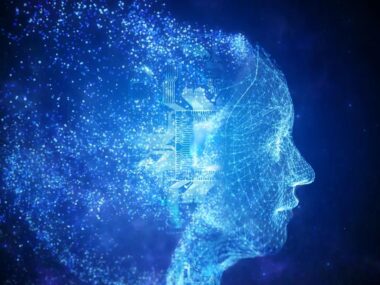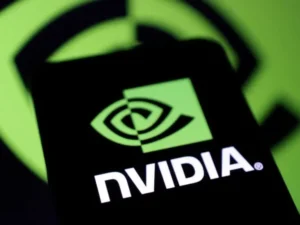A new artificial intelligence system learns from real-world experiences instead of relying on pre-existing data.
Microsoft has partnered with Swiss start-up Inait to launch a new artificial intelligence model that mimics the reasoning abilities of mammal brains. This collaboration aims to enhance areas such as financial trading and robotics.
Building on two decades of digital neuroscience research, the partnership seeks to replicate biological intelligence and boost AI’s potential. The technology’s proponents highlight its transformative nature, emphasizing that it learns from real-world experiences rather than relying on correlations found in existing data.
Richard Frey, CEO of Inait, explained that the company was founded in 2018 with the vision that mastering the brain, the only proven form of intelligence, could lead to a groundbreaking and powerful new type of AI.

A digital replica of the hippocampus featuring 800,000 neurons.
He expressed enthusiasm about creating products that teach digital brains of various sizes and types to tackle the biggest challenges facing major industries today.
The partnership, announced on Tuesday, will leverage Inait’s technology to enhance Microsoft’s AI offerings for its customers.
In the financial sector, the collaboration will focus on developing advanced trading algorithms, risk management tools, and personalized advice. In robotics, it will support the creation of machines for industrial manufacturing that can better adapt to complex, dynamic environments.
“Inait is leading the way in a new AI paradigm, moving beyond traditional data-based models to digital brains capable of true cognition,” said Adir Ron, Microsoft’s EMEA cloud and AI director for start-ups and digital natives.
This announcement underscores the growing interest among researchers and companies in neuroscience, with the potential of drawing inspiration from the human brain to advance AI technology.

A visualization of a region of the neocortex and thalamus, along with the associated blood vessels.
Inait’s work is based on a 20-year Swiss government-funded initiative, completed in December, which aimed to use brain research to create biologically accurate digital replicas of the brain.
Henry Markram, the leader of the Swiss project and co-founder of Inait, explained that the project collected data from mammal brain research to develop 18 million lines of computer code for creating simulations. “It was primarily based on the mouse brain, but it’s a generic blueprint that can replicate the brains of other species, from ants to, in theory, humans,” he said.
AI models derived from brain simulations could potentially be less energy-intensive and learn much faster than existing deep reinforcement models, continuing to improve once deployed, Markram added.
However, the approach faces challenges, such as the complexity and resource demands of recreating a human brain. Markram pointed out that many business applications wouldn’t require such complexity.
The simulation technology from the Swiss project is being made available to researchers through a mix of free and subscription-based products from the Open Brain Institute, a non-profit founded by Markram. This could provide a platform for tailored simulations that help scientists better understand neurological conditions like autism.
Researchers hope to expand on insights gained from initiatives like the mapping of an adult fruit fly brain unveiled last year. These mapping efforts are part of creating an atlas of “connectomes” — pathways through which information flows between neurons and synapses.
While connectomes are static, the dynamic nature of simulations could be crucial for understanding brain processes, according to Anton Arkhipov, an investigator at the Allen Institute, a US-based bioscience research organization. “A reasonable analogy is that the connectome is like a map of city roads, while simulations show how traffic moves through the city under various conditions,” he said.











